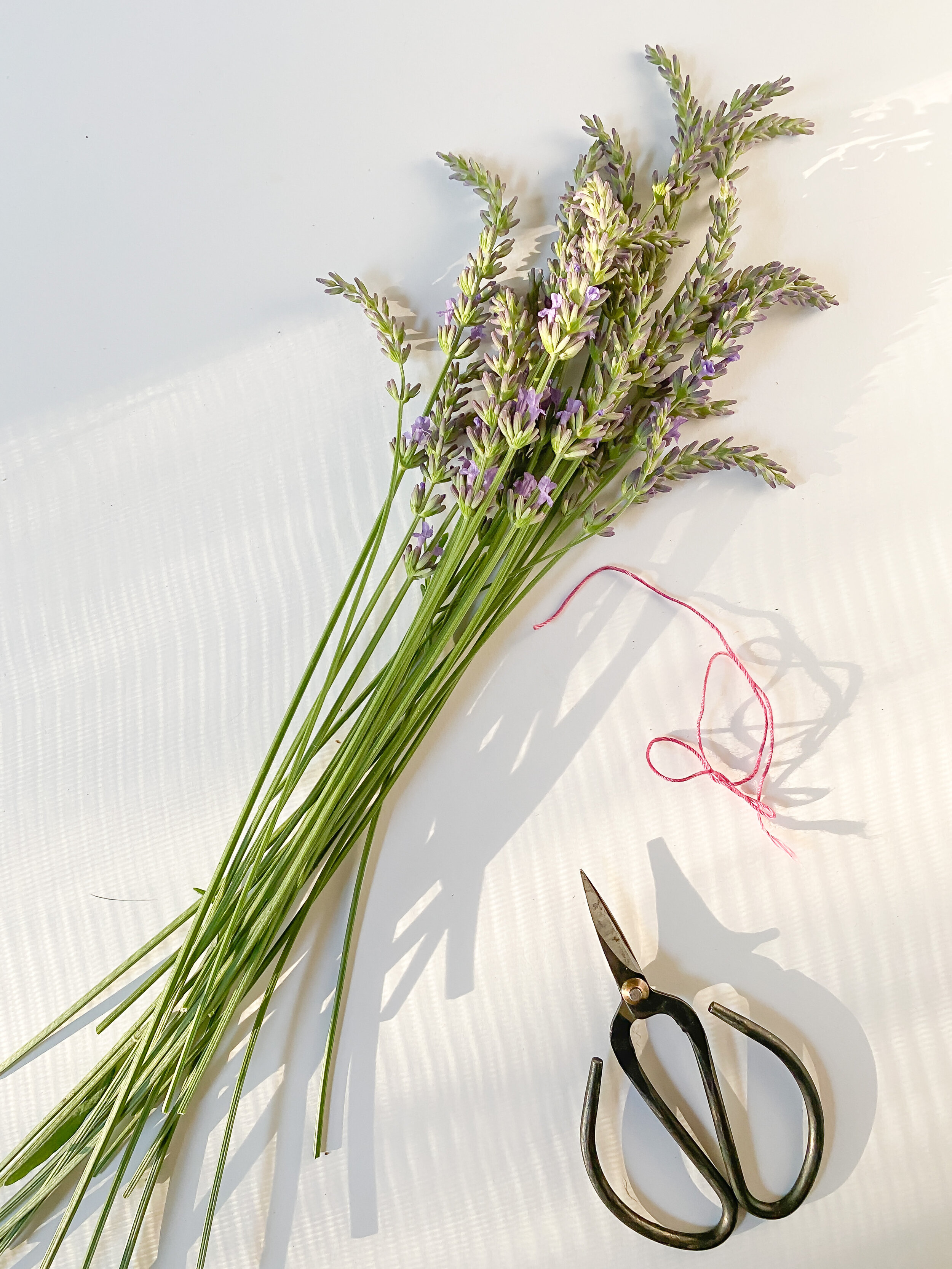Plant Power: Lavender
Don’t tell the manager, but I spent many happy hours browsing the collection of aromatherapy book section when I was supposed to be elsewhere. In the 1990s I worked for an Actual Book Store. I collected books of natural skincare recipes, gathered friends, and even met my husband there.
I was collecting recipes and plant lore - -
In those days, it was books, libraries and card catalogues if you wanted to learn more. So I collected books, and mixed up some goodies in my kitchen. One of my early loves is Lavender - the gateway essential oil:
LAVENDER
Lavender is in the same botanical family as culinary mints and patchouli, and was a favored medicine in western culture since ancient times.
Extracts from the lavender plant (Lavandula officinalis) have at least seven active ingredients known to promote skin regeneration and boost immune function.
Lavender’s ability to treat and heal what ails us goes beyond the distilled essence: teas, tinctures and waters have been used for millennia as medicine. Lavender also has a long history of use in folk magic.
Lavender essential oil is also known to have properties that are:
antibacterial
anti-inflammatory
antifungal
This helps reduce symptoms of pain, redness, and swelling while also lowering the risk of infection (Medical News Today).
At our house it’s the favored treatment for small kitchen burns or sunburn... extracts from the lavender plant have at least seven active ingredients that promote skin regeneration and boost immune function.
Mayo Clinic’s online resource recommends first using peppermint essential oil on minor kitchen burns (the menthol cools), then use the lavender:
Apply ‘neat’ (directly) to superficial kitchen burns
For sunburn, put a few drops in a carrier oil like apricot kernel or sweet almond oil
Emulsify a light oil with rose water (or a little aloe vera juice) and add a few drops of essential oil for a simple and elegant face cream
Use lavender in your clay mask to spot treat acne
TEA
Lavender tea is a herbal tea (also known as a tisane) made by steeping dried lavender flower buds in water. Naturally caffeine-free. There are over 40 species of lavender — the English and French species are the most commonly used to make lavender tea (ohhowcivilized.com)
Don’t like the flavor of lavender on its own? try adding a little to Earl Gray or English Breakfast tea
MAGIC
Lavender has a history of use in folk magic too: for banishing evil spirits, warding and purifying rituals.
Sprinkle the blossoms outside your doors to ward against bad intentions following you inside
Burn the stalks instead of, or with your smudging rituals…add lavender tea or essential oils to your bath to protect against ill-wishing
Use lavender in your beauty routine or carry the flower on you to promote longevity
Perhaps because of the traditions of medicinal and magic use, are why folks adopted Florida Waters so readily into use beyond scenting the body (see Five Ways to Use Florida Water).
The internet is handy if you want to do a quick search, but I still find the books I picked up in the 1990s to be super helpful guides:
Our Florida Water is packed with Lavender! or try the Lavender Smudge Bundles for smoke-based cleansing rituals.
Natural Beauty at Home: More than 200 easy to use recipes for body bath, and hair by Janice Cox
Natural Beauty: Prepare your own time-tested treatments or healthier radiant skin and hair by Aldo Facetti
375 Essential Oils and Hydrosols by Jeanne Rose
The Illustrated Encyclopedia of Essential Oils by Julia Lawless
Alchemy, LLC 2020-2023



